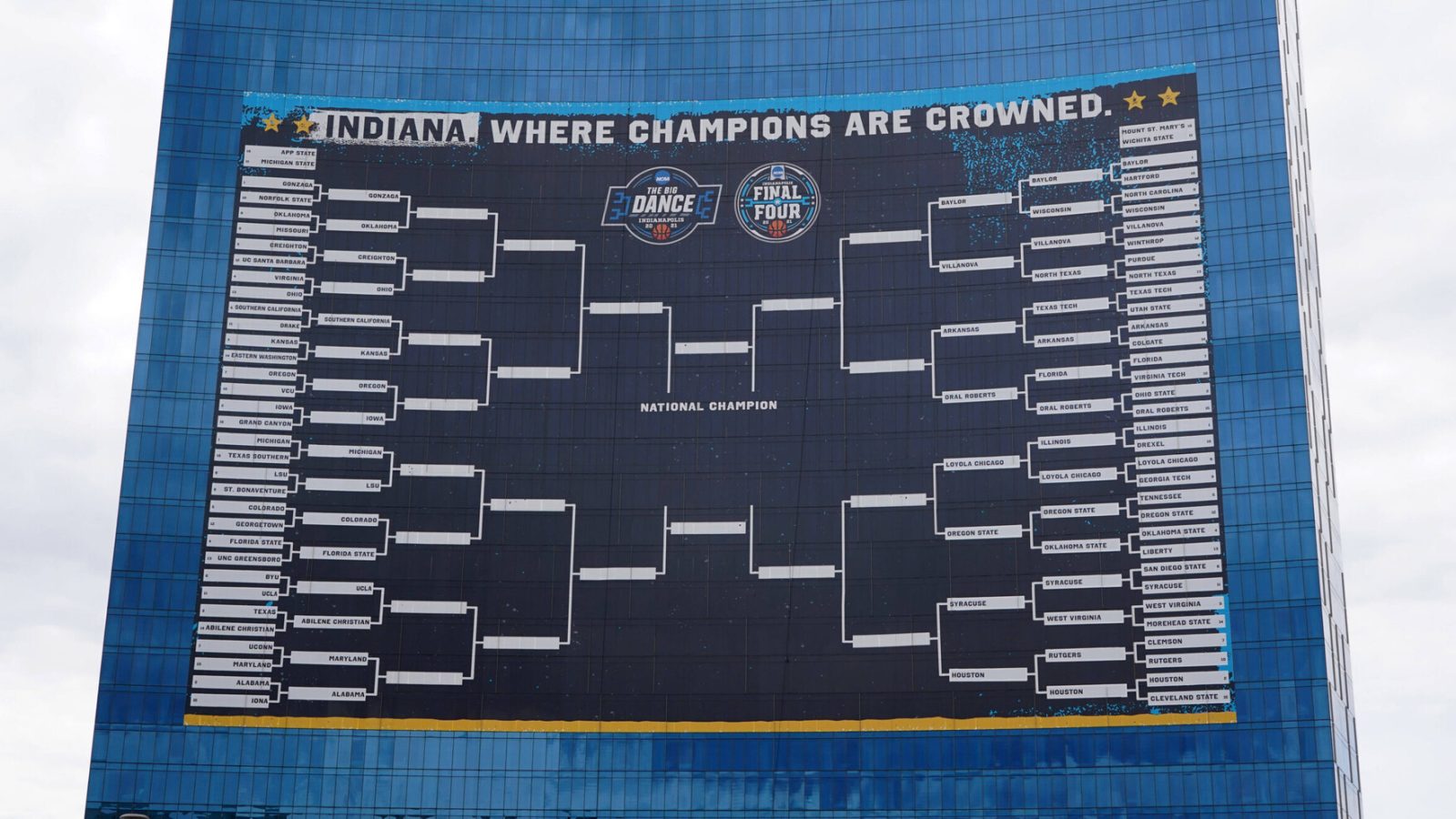Let’s start here: If you’re looking for advice on how to build a perfect NCAA Tournament bracket, you’ve come to the wrong place.
With perfection odds in the neighborhood of 1 in 9.2 quintillion, you have a greater mathematical chance of being struck by lightning five times (hat tip, old Roy Sullivan) than you do keeping your March Madness sheet clean. So any thought of going 67-0 is completely delusional.
However, striving for perfection remains the best mindset for winning a bracket pool — and it all starts with knowing which strategies to deploy to push as many teams as possible through each round.
Survive and advance. It’s the key to everything in March — both on the court and in your bracket.
With a little help from history and current trends, along with a dash of prognostication, Props.com offers eight tips for winning your NCAA Tournament bracket contest. (But not, of course, winning any actual cash money — nope, no wagering going on here. Doing this bracket thing just for fun.)
1. Never assume the top dog in the Top 25 will win the NCAA title
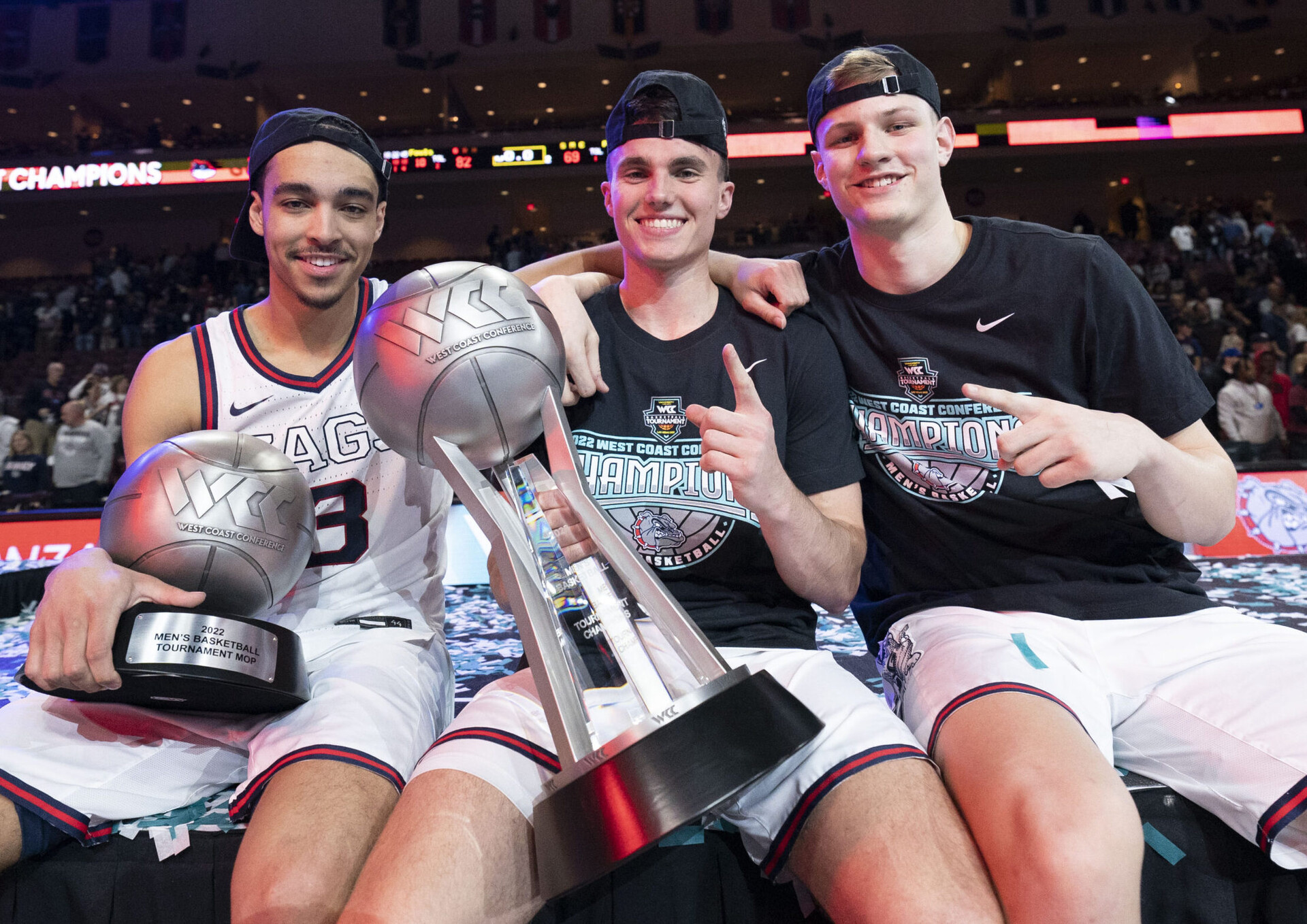
Ten years have passed since the team that entered March Madness atop the Associated Press Top 25 poll actually realized championship glory (Kentucky in 2012). In fact, since 1985 — the first year the NCAA Tournament expanded to 64 teams and began the 1-16 seeding format we know and love today — only three teams that entered the Big Dance ranked No. 1 went on to cut down the nets: Duke in 1992, UCLA in 1995, and Duke again in 2001.
That’s a 4-for-32 effort by top-ranked teams.
Not exactly a good omen for current AP No. 1 Gonzaga, right? Especially since the Zags are the most recent No. 1 team to fall short of capturing the ultimate prize, reaching last year’s NCAA Championship Game with an undefeated record before losing to Baylor.
Does this mean that Gonzaga — the clear-cut favorite this year to win its first national title — is destined to swing and miss again and make it 4-for-33 for No. 1 squads? Not necessarily. Just know that if you decide to pencil in the Zags on the final line of your NCAA Tournament bracket, you’re going against some serious history.
Then again, maybe this is the year Gonzaga bucks the AP No. 1 trend. Certainly, the oddsmakers and betting community believe it’s plausible, as the Zags’ +300 odds to win it all are far shorter than any other team. (Next best is fellow No. 1 seed Arizona at +650, followed by No. 2 seed Kentucky at +800 and No. 1 seed Kansas at +850.)
2. It’s OK to presume a 1-seed will cut down the nets
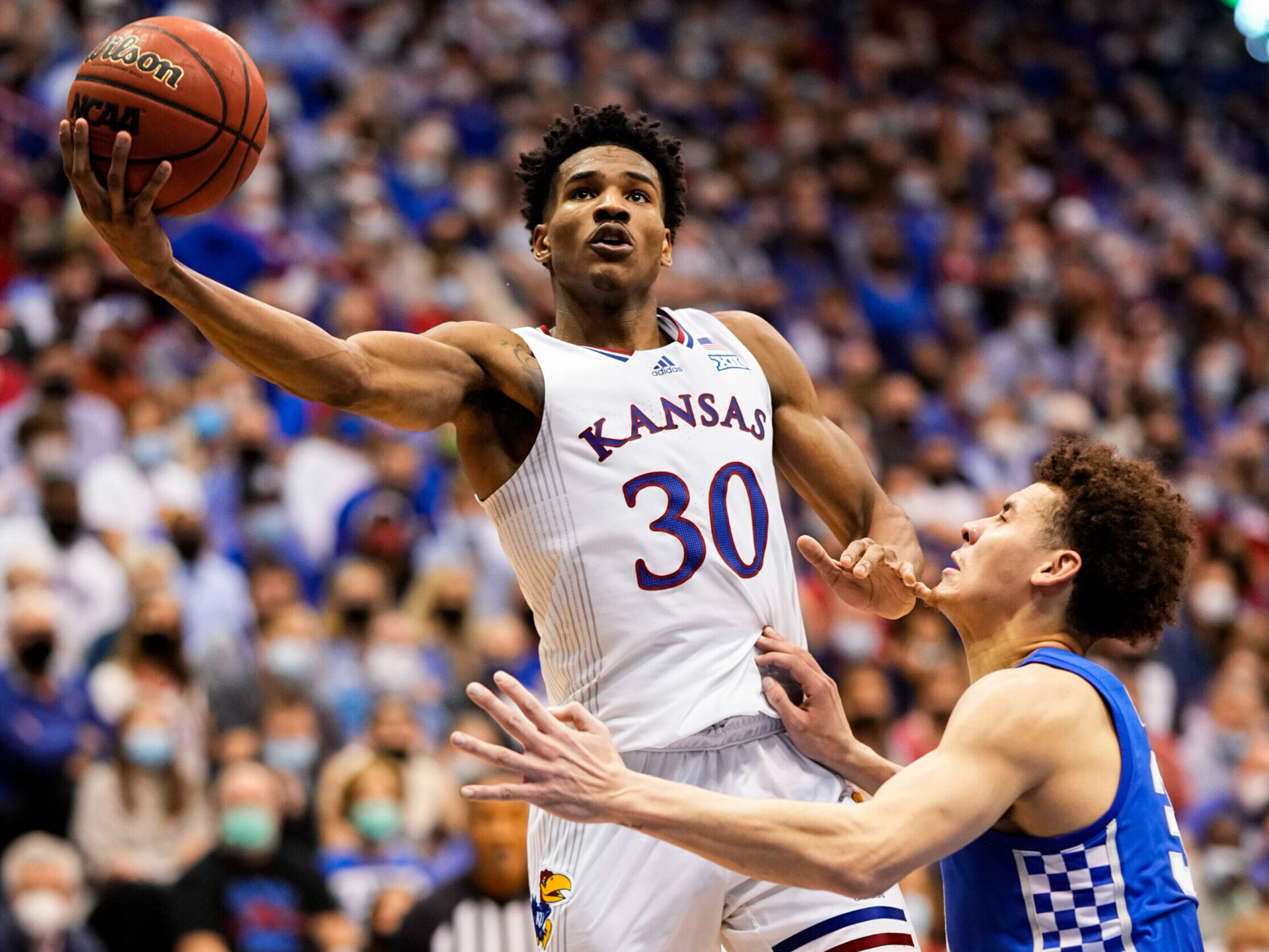
Since 1979, the first incarnation of the modern-day seeding system (1, 2, 3, 4, etc.), the No. 1 seed has produced 25 of 42 national titles — an occurrence rate of 59.5 percent. And since 1985, that average rises to 63.9 percent (23 of 36).
The rest of the trophy count, seed-wise:
No. 2 (seven titles)
No. 3 (five)
No. 4 (one)
No. 6 (two)
No. 7 (one, Connecticut in 2014)
No. 8 (one, Villanova in 1985)
Yes, this has been a parity-filled college basketball season. And we’re probably headed for a lot of chaos starting Thursday. But with 37 of the last 42 national championships coming from top-three seeds — and with most NCAA Tournament bracket pools awarding the most points for correctly selecting the champion — you should pick your winner accordingly. Or just light your money on fire.
(Oh, wait, that’s right — we’re not playing for money.)
3. Don’t bet on all four No. 1 seeds booking flights to New Orleans
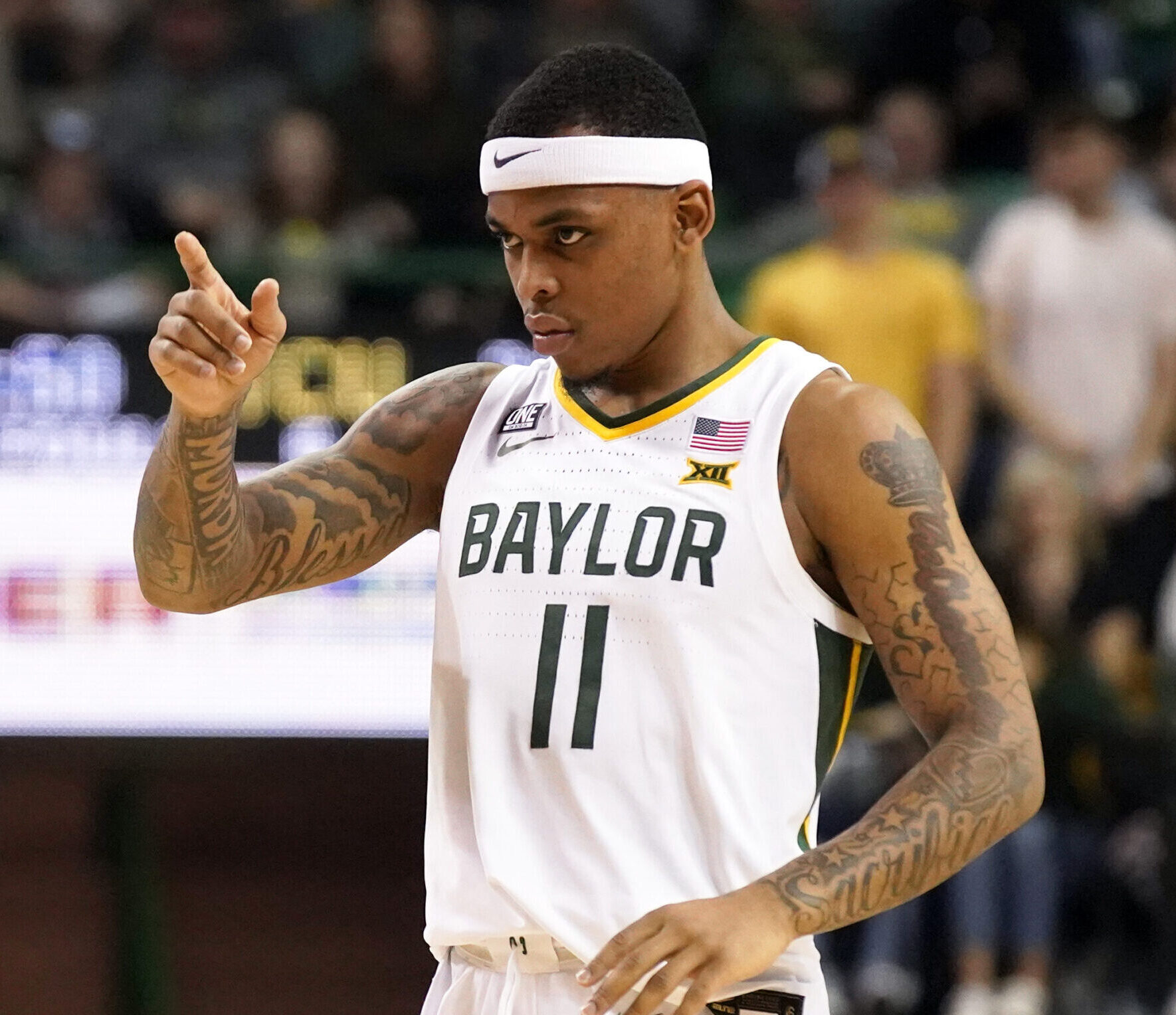
Wait, didn’t you just say nearly 64 percent of title winners over the past 3 1/2 decades have been No. 1 seeds?
We did. But we didn’t say go chalk all the way to the Final Four. That would be silly, because it’s only happened once since 1979: In 2008, Memphis, North Carolina, UCLA, and national champion Kansas became the only four No. 1 seeds to make it to the final weekend.
In fact, since 1993, the four top seeds have collectively survived to the Elite Eight only seven times (1993, 2001, 2003, 2007-09, 2016). The last time as many as three No. 1 seeds reached the Final Four: 2015 with Wisconsin, Kentucky, and champion Duke.
In other words, find the No. 1 seed you really love, and maybe another you really like, and advance them to the Final Four. Because it’s highly unlikely that top seeds Gonzaga, Arizona, Kansas, and Baylor will be sharing the Final Four stage in the Big Easy on April 2.
4. First Four teams should be viewed as serious Sweet 16 contenders

Those teams competing in the Tuesday and Wednesday play-in games might give off a “Just happy to be here” vibe. But the winners of the play-in contests involving No. 11 seeds and No. 12 seeds should not be immediately dismissed as certain one-and-dones when they get to the big stage.
Since the NCAA Tournament expanded to 68 teams in 2011, at least one play-in participant has advanced at least as far as the Round of 32 every year but two: 2019 and 2020 (when COVID-19 canceled the Tournament).
What’s more, eight of the nine Cinderellas reached the Sweet 16 (and some beyond):
2021: UCLA (Final Four)
2018: Syracuse (Sweet 16)
2017: USC (Sweet 16)
2016: Wichita State (Sweet 16)
2015: Dayton (Sweet 16)
2014: Tennessee (Sweet 16)
2013: LaSalle (Sweet 16)
2012: South Florida (Round of 32)
2011: VCU (Final Four)
Here are some not-so-pretty statistics pertaining to this year’s First Four cluster:
- No. 12 seed Wyoming is 3-5 SU in its last eight games
- No. 12 seed Indiana is 4-8 SU in its last 12 outings
- No. 11 seed Notre Dame defeated only three NCAA Tournament teams all season
- According to CBS bracket expert Jerry Palm, No. 11 seed Rutgers owns the lowest-ever NCAA NET ranking of any at-large tournament team (77th)
And yet, history tells us it’s highly likely at least one member of this quartet will make it to the Round of 32. Your quest: Identify that team and pick them to advance in your NCAA Tournament bracket, if only for just a game.
5. Ignore bottom seeds in the first round
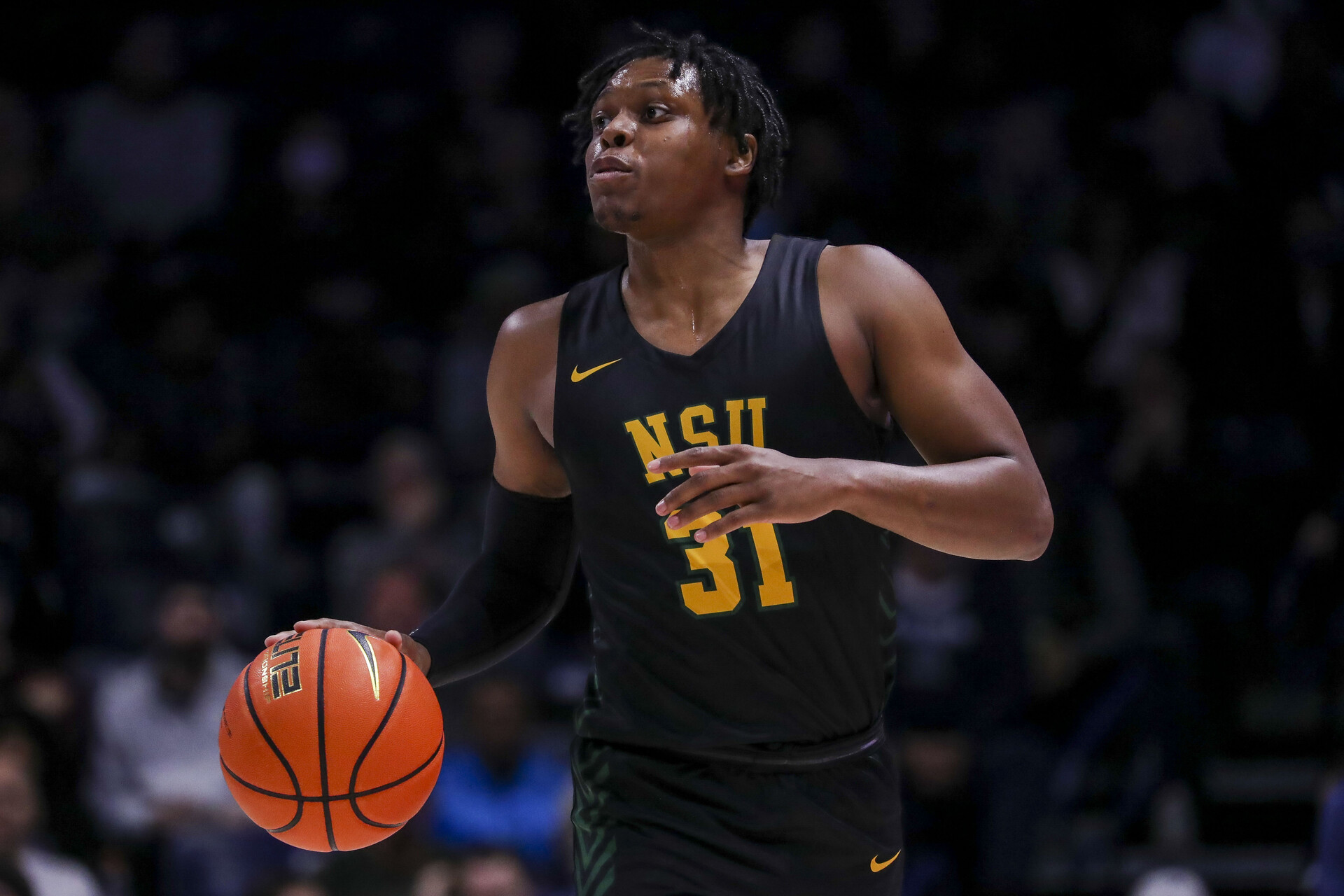
In 2018, Maryland Baltimore-County (UMBC) pulled off the greatest coup in college hoops history, crushing top-seeded Virginia by 20 points. It marked the first and only time a No. 16 seed advanced into the second round since the Tournament expanded to 64 teams in 1985.
While No. 15 seeds have fared incrementally better over the years, the hit rate still ain’t great: 15-for-144. That’s a .104 batting average (otherwise known as Chris Davis territory). Of course, you don’t need a telescope to see the last No. 15 that pulled off a stunning upset: It happened last year, when Oral Roberts stunned not only No. 2 seed Ohio State, but also No. 7 seed Florida to reach the Sweet 16.
Still, you have to trust the math here: Altogether, Nos. 15-16 seeds are 10-278 against Nos. 1-2 seeds. That’s a paltry success rate of 3.5 percent.
In other words, even if you have a palpable gut feeling about 15th-seeded Delaware vanquishing Villanova in the South Region or 15th-seeded Jacksonville State ousting Auburn in the Midwest Region or even No. 1-seed Baylor succumbing to Norfolk State in the East Region, it’s best to ignore that feeling, save your bracket, and pick the higher seeds to advance.
6. No. 4 seeds and the Final Four don’t mix

The Arizona Wildcats are the top dog in this year’s South Region and a very trendy pick among pundits, bettors, and bracketiers to get to New Orleans and win their second national championship. That very well might happen for two reasons: 1) The Wildcats are talented, and 2) they’re not three spots lower on the seeding ladder.
We mention that second point because since 1979, only one 4-seed has won the national title. That team: The 1997 … Arizona Wildcats. The squad led by Miles Simon and freshman Michael Bibby became the first program in Tournament history to upend three No. 1 seeds (Kansas, North Carolina, and Kentucky).
No other No. 4 seed since the 1997 Wildcats has gotten to the Final Four. Prior to that, only two 4-seeds — Cincinnati in 1992 and Syracuse in 1996 — won their region.
So if you’re considering advancing this year’s 4-seeds — Arkansas, Illinois, UCLA, and/or Providence — in your NCAA Tournament bracket, it’s probably wise to pump the brakes on or before the Elite Eight.
7. While you’re at it, be wary of 5-seeds, too

Say this much for No. 4 seeds: At least they have that ’97 title with Arizona. It’s one more championship than 5-seeds have produced.
That’s right, since the seeding format was instituted 42 years ago, the seed that everyone loves to pick against in the opening round has never made it to the promised land. Three teams, though, have gotten close: Florida in 2000, Indiana in 2002, and Butler in 2010 reached the National Championship game.
A total of seven No. 5 seeds have reached the Final Four, a success rate of 4.9 percent. The most recent: Auburn in 2019.
This year’s 5-seeds: UConn in the West Region, Houston in the South, St. Mary’s in the East, and Iowa in the Midwest.
8. Plan on blowing up at least one region in your bracket
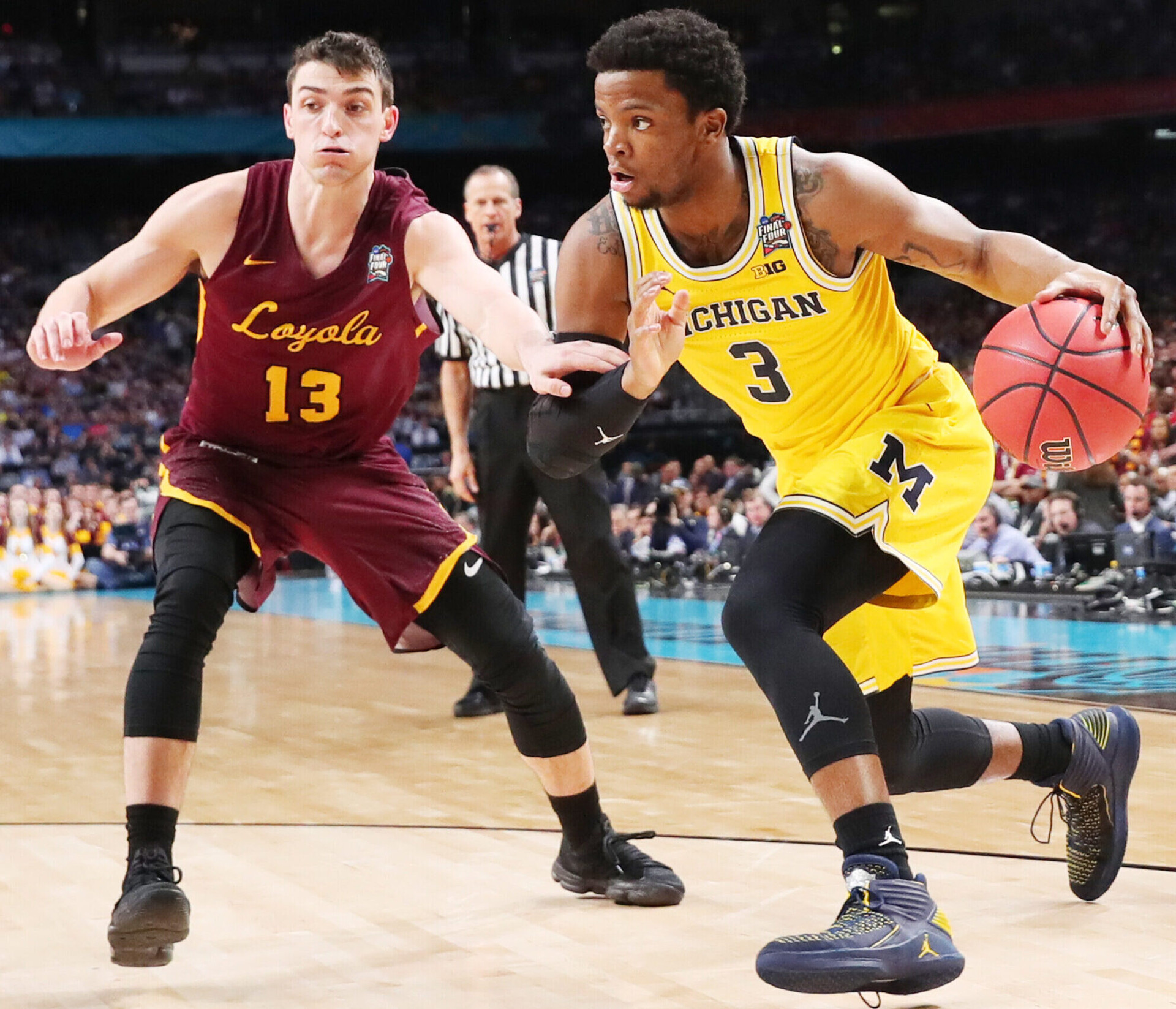
In last year’s bubble-controlled NCAA Tournament, only seven of the top-4 regional seeds advanced to the Sweet 16.
In 2018, third-seeded Michigan had perhaps the all-time easiest path to the National Championship game. The Wolverines won the West Region by defeating Montana (14-seed), Houston (6), Texas A&M (7), and Florida State (9). Then they knocked off South Region Cinderella and sixth-seeded Loyola-Chicago in the Final Four, ultimately falling to No. 2 overall seed Villanova in the title bout.
Also, thanks in part to Loyola’s stunning run that year, none of the top four seeds in the South Region (Virginia, Cincinnati, Tennessee, and Arizona) reached the Sweet 16.
While two regions getting blown up in the same year is rare, one region getting turned upside-down is not. For instance, back in 2013, the West Region’s 12, 13, and 14 seeds (Ole Miss, La Salle, and Harvard) were giant-killers in the opening round. And in 2009, 2011, and 2012, the 11-13 seeds of the same region pulled off coinciding opening-round shockers.
All of which leads to this final piece of advice: When boldly predicting monumental upsets in the opening rounds, isolate the stunners to one regional cluster.
Now, good luck forecasting which of the four regions gets torn asunder …

